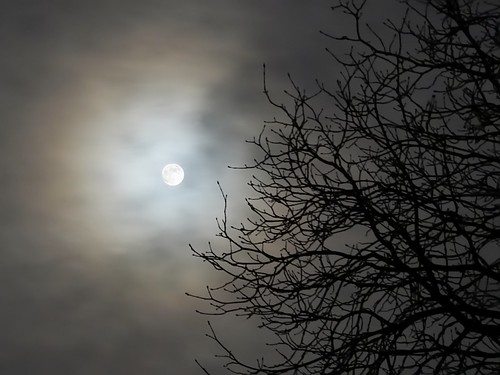
The dark fate unknown
Locked in the voice of the wind
Cries through the twilight
-Julian Toha
A haiku, a Japanese art form, that probably originated over a thousand years ago, but became popular in the 17th century. I find pleasure in writing these in my spare time for their ability to
s t r e t c h your mind and to give you a sense of peace. Okay, that sounds a little hippy, but I'm not going to argue. For me, this mindset is very very similar to the music that the American composers of the late 20th century were writing.
Composers like John Cage, Henry Cowell, and George Crumb were all guys who knew that they wanted something different for music. It's easy to group the music of most late 20th century composers and just call it bad. Is every single one of Beethoven's 32 sonatas a masterpiece? No way, not even close.
The 16 sonatas and 4 interludes for prepared piano by John cage were at the time, something new. They call for performers to put objects inside of the piano and it's almost in recipe format. I have recently played a piece for prepared piano (music for Marcel Duchamp) and this was a new thing to me. Before this I saw John Cage's works as a waste of paper. I don't think I have made a complete turnaround, but I have found some aspects that I enjoy in his music (notice I call it music). After listening to all of the sonatas and interludes there are a few that stick out as pieces that I would enjoy playing. They are the sonatas 5, 10. and 12. There are no good videos of 5 (I have a short excerpt of a guy preparing the piano and playing a short section of it)or 12, but you're in luck because I found a guy who has a passion for number 10.
That second video (when he plays) sounds like some kind of latin-hip hop track from the radio. It makes you think . . .
Henry Cowell a late 20th century composer, who has no relation to this guy (see below) was another revolutionary in extended piano techniques.

So what are "extended techniques" for piano. Anything that you can think of. No, really, anything. Punching the piano, kicking the piano, screaming into the piano, plucking the strings, you get the point. Cowell was known for his work inside of the piano. Pieces like the banshee are a prime example.
This technique along with clusters are being used by composers today, but only as effects, not the centerpiece of the work.

George Crumb is in a way, a summation of the 20th century. His compositional style includes everything from the ideas of Debussy, Mahler, and Bartok to the extended techniques of Cowell. Picking and choosing from these composers, Crumb created a sound that is recognizable and new. Born in 1929, he is still alive today and active as a composer.

1 comment:
Your blog keeps getting better and better! Your older articles are not as good as newer ones you have a lot more creativity and originality now keep it up!
Post a Comment